The Rainiest Places on Earth
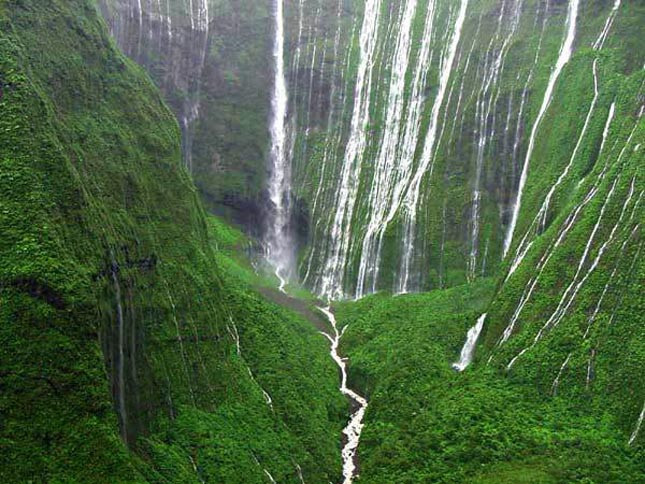
©️ earth.com
Nature’s rainiest spots, where clouds seem to be perpetually heavy with moisture, are fascinating not only for their staggering rainfall totals but also for their unique adaptations and vibrant ecosystems.
This article explores some of the world’s wettest places, with a special focus on Mawsynram, India, which holds the title of the wettest place on Earth.
The Wettest Places on Earth
1. Mawsynram, India
The Unstoppable Rainfall
Mawsynram, a village in the northeastern Indian state of Meghalaya, tops the charts as the wettest place on Earth. Nestled in the Khasi Hills, this area experiences a staggering average annual rainfall of 467 inches (11,872 mm).
The heavy rainfall is due to the unique geography of the region, which forces moisture-laden air currents from the Bay of Bengal to rise and condense, resulting in almost continuous rain during the monsoon season. The Khasi people have ingeniously adapted to this environment by creating “living bridges” using the roots of rubber trees. This strengthens over time and provides a durable means of crossing the rain-soaked terrain.
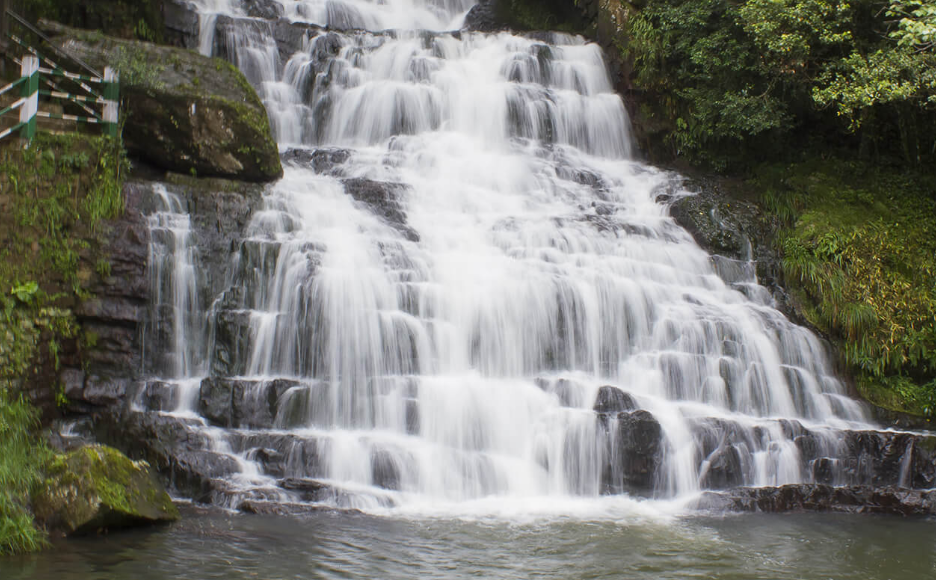
2. Cherrapunji, India
The Rival Neighbor
Just a short distance from Mawsynram, Cherrapunji was long considered the wettest place on Earth. With an average annual rainfall of around 463.7 inches (11,777 mm), Cherrapunji’s climate is similarly dominated by monsoon rains.
The town is famous for its waterfalls and rich biodiversity. However, there has been a slight decline in rainfall compared to Mawsynram in recent years.
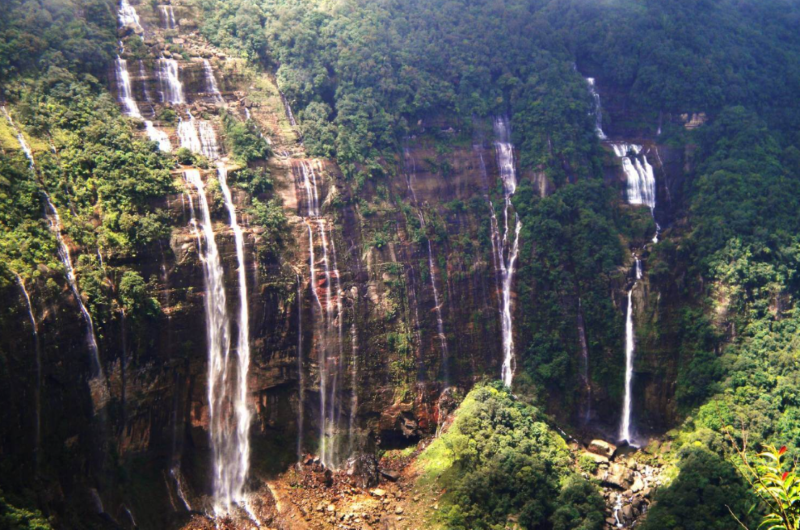
3. Tutunendo, Colombia
A Tropical Deluge
Tutunendo, located in Colombia, is another contender for the title of the wettest place on Earth. The town receives an average of 463.4 inches (11,770 mm) of rainfall annually.
Unlike the monsoonal rains of India, Tutunendo experiences consistent, heavy rainfall throughout the year, with few dry periods. This perpetual wetness supports a lush tropical rainforest ecosystem.
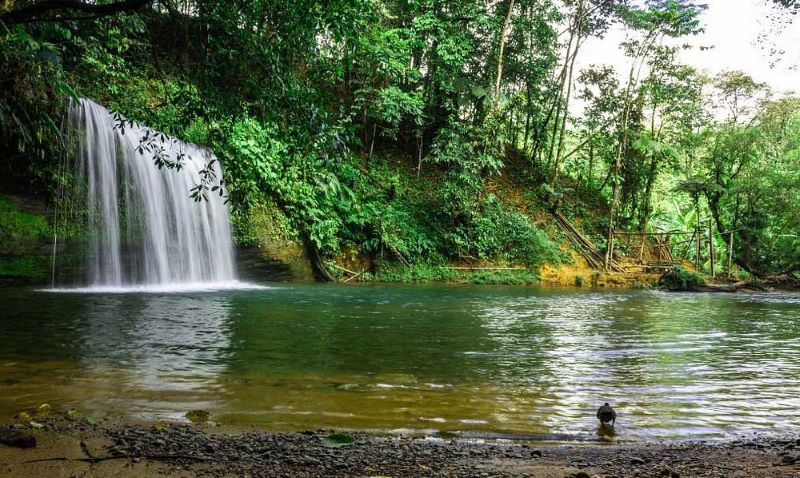
4. Cropp River, New Zealand
The Southern Hemisphere’s Rainiest
Cropp River in New Zealand holds the record for the highest annual rainfall in the Southern Hemisphere. The area receives an average of 453 inches (11,516 mm) of rainfall each year.
Located on the western side of New Zealand’s South Island, the river benefits from moist westerly winds that are forced to rise over the Southern Alps. As a result, it leads to significant precipitation.
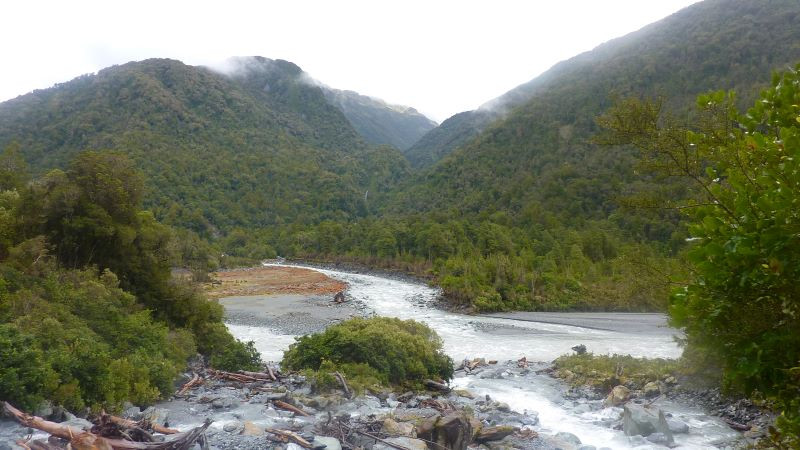
5. Debundscha, Cameroon
The African Rainfall Leader
Debundscha, situated at the base of Mount Cameroon, is one of the wettest places in Africa, with an annual rainfall of about 405 inches (10,287 mm).
The area’s proximity to the Atlantic Ocean and the towering presence of Mount Cameroon contribute to its high levels of precipitation. Therefore, they make it a key location for studying tropical rainfall patterns.
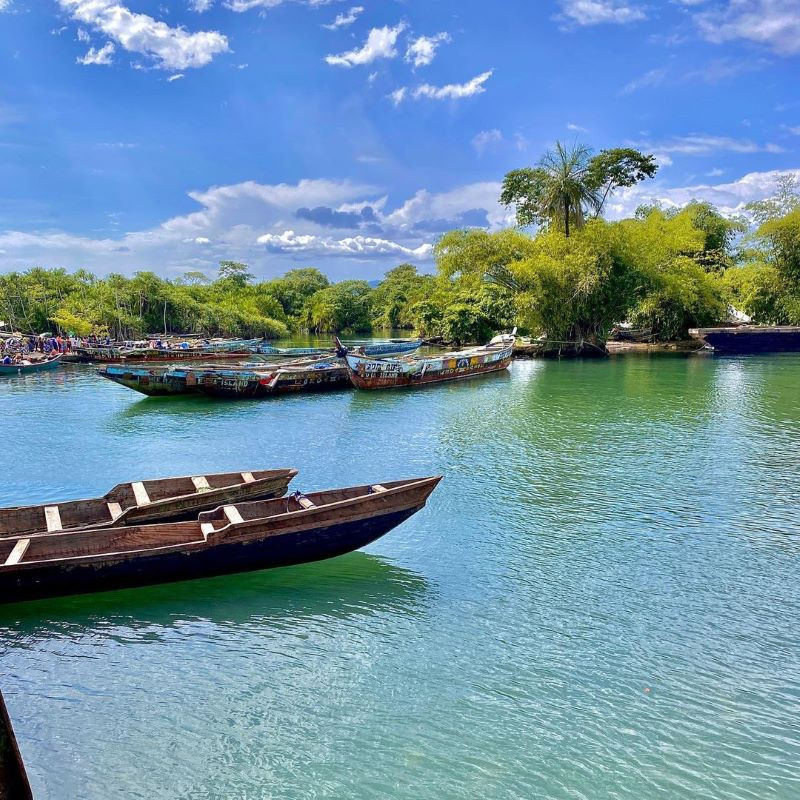
6. Big Bog, Hawaii, USA
The Wettest Spot in the USA
Big Bog, located on the island of Maui in Hawaii, is the wettest place in the United States, receiving an average of 404 inches (10,263 mm) of rain annually.
The area’s rainforests are crucial for maintaining the island’s diverse ecosystem. They also are a popular destination for researchers and tourists alike.

7. Emei Shan, China
The Sacred Wet Mountain
Emei Shan, a sacred mountain in Sichuan Province, China, experiences an annual rainfall of around 321 inches (8,155 mm).
The mountain’s unique climatic conditions and rich cultural heritage attract numerous pilgrims and tourists every year. Moreover, the lush vegetation and abundant rainfall make it a biodiversity hotspot.
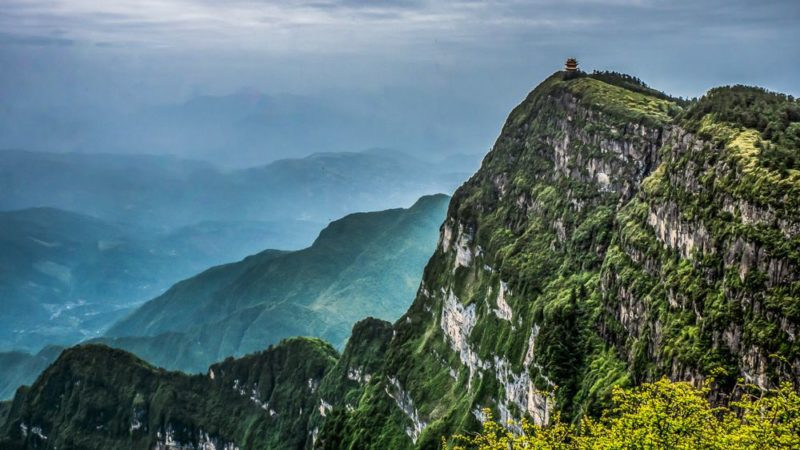
These places, scattered across different continents, are united by their extraordinary rainfall. Each has adapted to the challenges of its environment. As a result unique cultures, ecosystems, and ways of life were created.
As climate change continues to alter weather patterns globally, these wettest places offer valuable insights into the resilience and adaptability of both human and natural systems.
Did you know that India and China had this much rain in common?
You may also like: People Can Smell Rain Coming? We’re Busting the Myth


